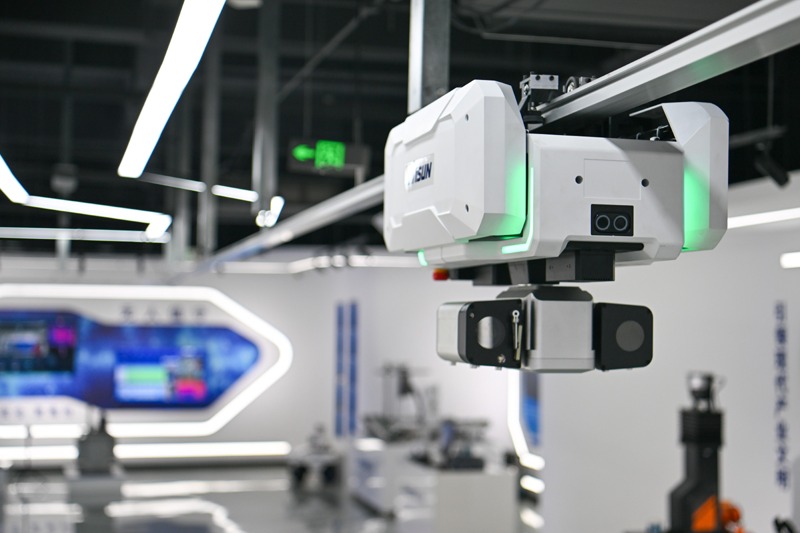Jiangsu Suqian Power Supply Company independently develops abnormal data localization tool for distribution automation system

At 8 am on March 18, the 911 switch of the 10 kilovolt Yangzha feeder in the 110 kV Yanghe substation tripped. Duty personnel at the power dispatching control center of the State Grid Suqian Power Supply Company took only 5 minutes to locate the abnormal area of the feeder, and dispatch on-site emergency repair personnel who accurately pinpointed the fault point in just 20 minutes. Compared to traditional manual screening of abnormal data, the fault location time was shortened by approximately 80 percent, thanks to the abnormal data location tool of the distribution automation system independently developed by the company.
In the past, when a trip occurred, the feeder automation system (FA) would initiate the analysis. However, after the FA system was activated, it could only pinpoint the general area. When there was an anomaly in the automation switch, accurately locating the fault position was often impossible. As a result, distribution automation personnel were required to sift through multiple data sheets for analysis. Screening a single data sheet took approximately 10 minutes, and the entire process took at least 30 minutes.
To enhance proactive service awareness, in January 2024, the dispatching automation operation and maintenance team of the State Grid Suqian Power Supply Company developed an abnormal data positioning tool for the distribution automation system. The tool, which was launched in October, is deployed within the production control area of Suqian's intelligent distribution network dispatching control system. It automatically captures abnormal data, including long-term signal failures, remote signaling and telemetering anomalies, as well as main distribution network splicing errors. This enables intelligent positioning of abnormal data, which is then sent to the operation and maintenance department for planned defect elimination. Additionally, it facilitates precise defect elimination through abnormal data positioning after faults occur.
Since the implementation of this tool, the accuracy of feeder automation action judgment has increased from 95.15 percent to 97.21 percent.




































